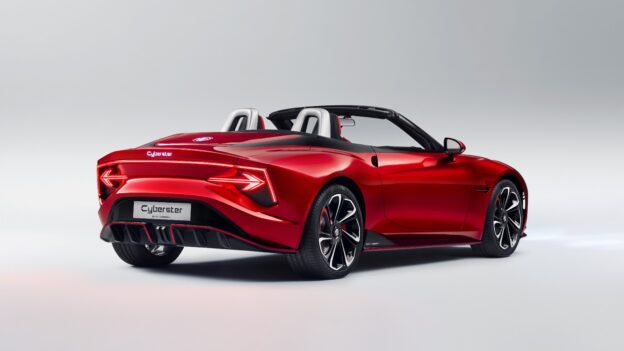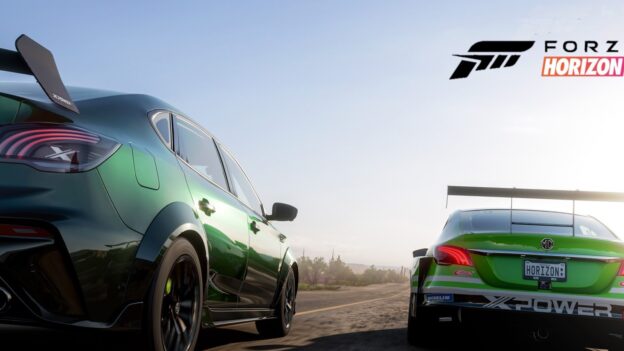Tips for driving in fog and foggy weather
With the continuous development of automotive lighting and the massive application of bright LED technology for the headlights, daytime running lights (DRLs) and taillights, cars are nowadays more visible than ever. Even to such an extent that traditional fog lights sometimes seem superfluous. That’s why traditional front fog lights are slowly disappearing on new cars. Daytime running lights, which have been compulsory since 2011, basically have the same function. These signature front lamps with bright, white LED lighting on almost every modern car are intended to make you more visible to others, rather than to see more yourself.

Front fog light symbol 
Rear fog light symbol
When to use fog lights and when not?
Unlike front fog lights, at least one rear fog light is mandatory. This is an very bright red light to make yourself more visible to traffic behind in dense fog. The rules are not the same in every country, but in most countries it’s mandatory to switch on the rear fog light when visibility is less than 50 meters, also if this is due to heavy snowfall.
However, due to the brightness, a rear fog light shouldn’t be switched on when it isn’t necessary. The bright light can be a nuisance for traffic behind. Some motorists also switch on their rear fog lights during (heavy) rainfall. On one hand, this is understandable because you also want to be clearly visible in these situations, but this can actually lead to more dangerous situations. The bright red light is actually doubled by it’s reflection on the wet road surface and the raindrops on the windscreen. This can significantly obscure the driver’s visibility on the road.
Also, don’t use high beam in (dense) fog. Because the light also shines upwards with high beam, it reflects against the fog even more, so visibility on the road deteriorates seriously.
Pay extra attention
Like all MG models, many modern cars have an Automatic Light System controlled by a light sensor. If the Automatic Light System is switched off, these cars still have DRLs at the front switched on. It may seem all lights are on, however, as with most modern vehicles on the road, DRLs aren’t connected with the taillights. As a result, many motorists don’t realize they are driving without the taillights switched on, even though that’s sensible in certain weather conditions.
With the Automatic Light System switched on, once the sensor detects a certain level of darkness, it automatically switches on the low/high beam including the taillights, depending on the conditions. Very convenient, because you just leave the light switch on ‘auto’ and the car does the rest.
However, since a light sensor is not able to recognize fog, the driver will need to switch on the fog lights manually. Therefore, be aware of what your car is capable of and manually switch on your headlights and taillights at daytime when visibility decreases in foggy or rainy conditions.






